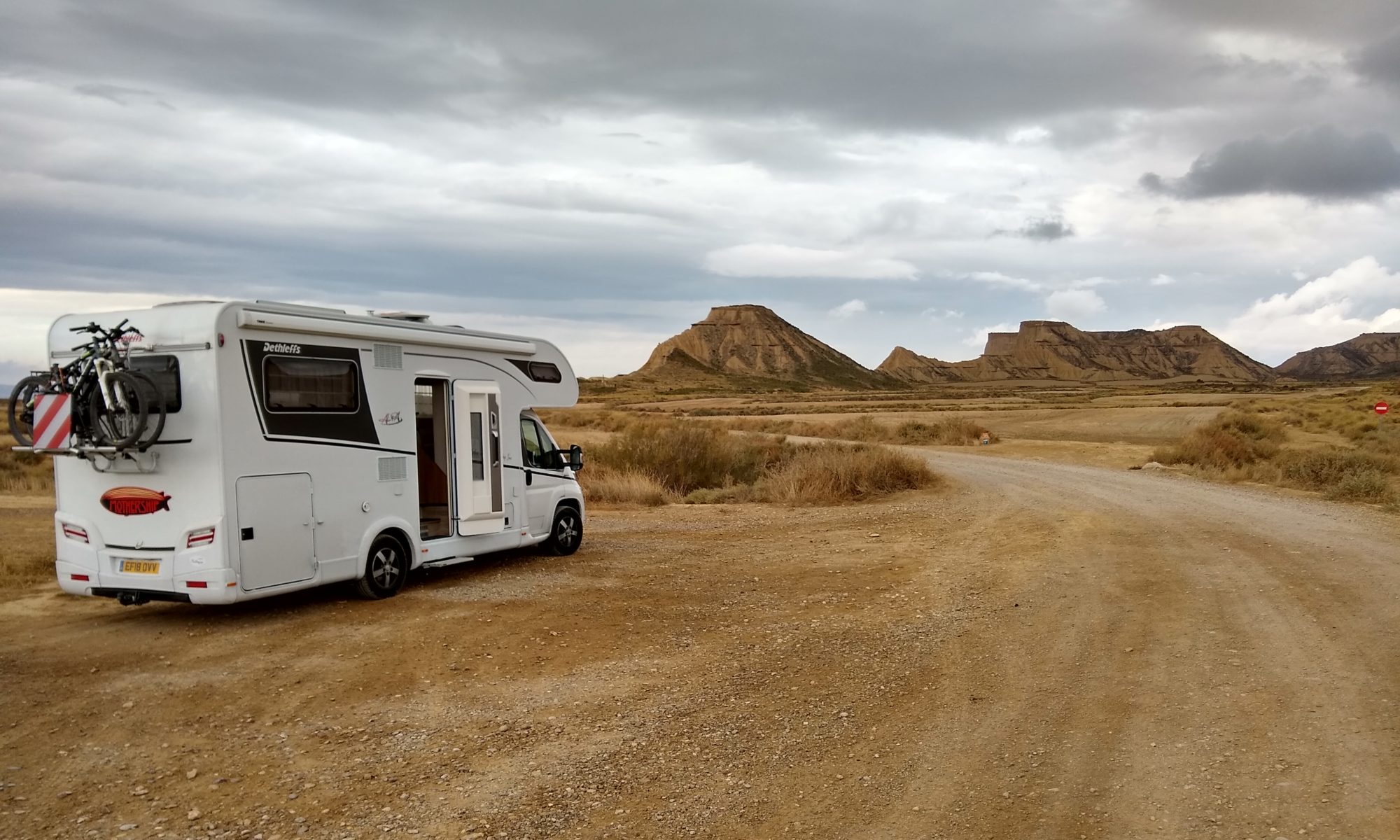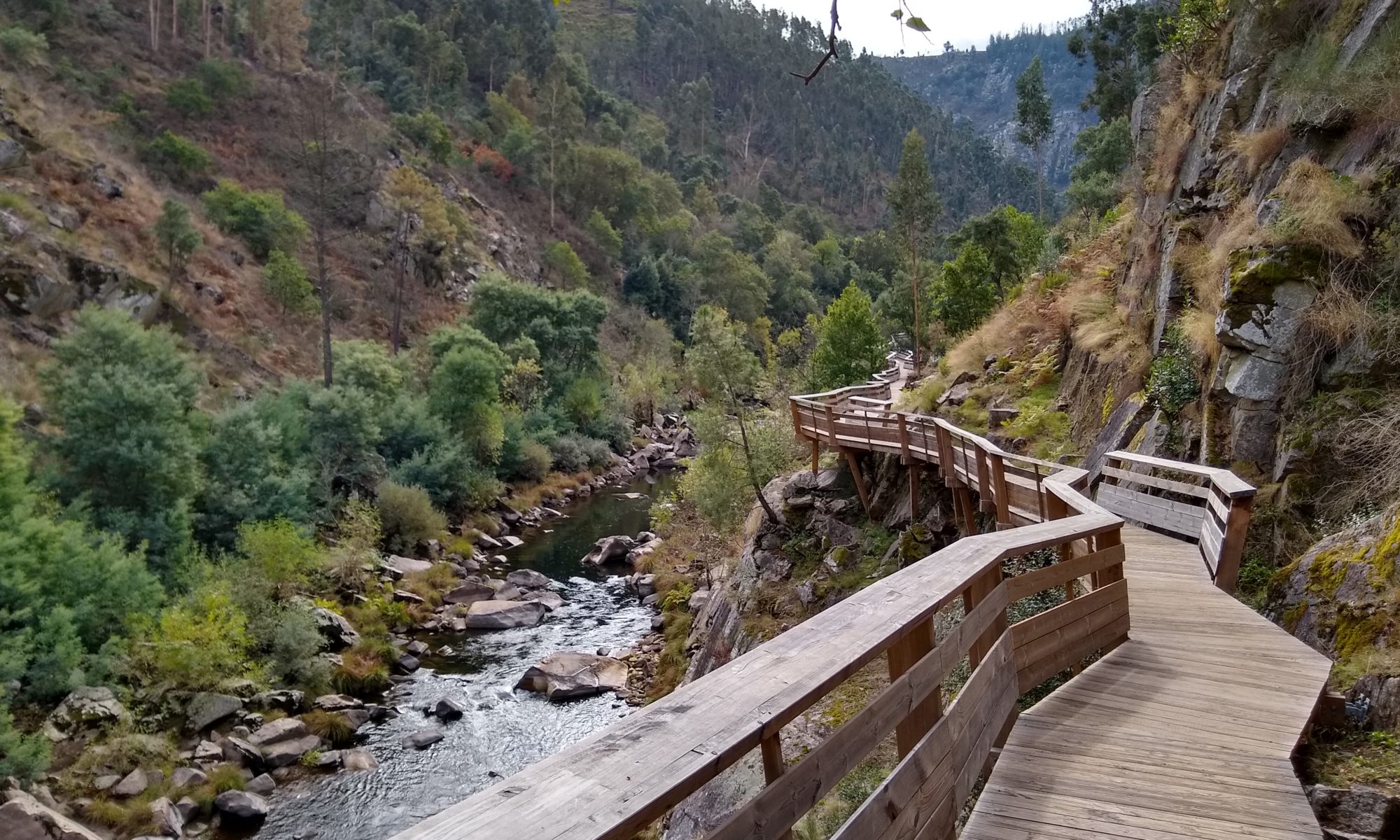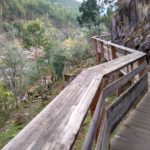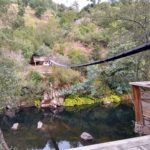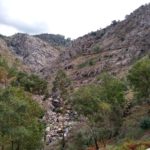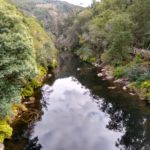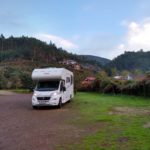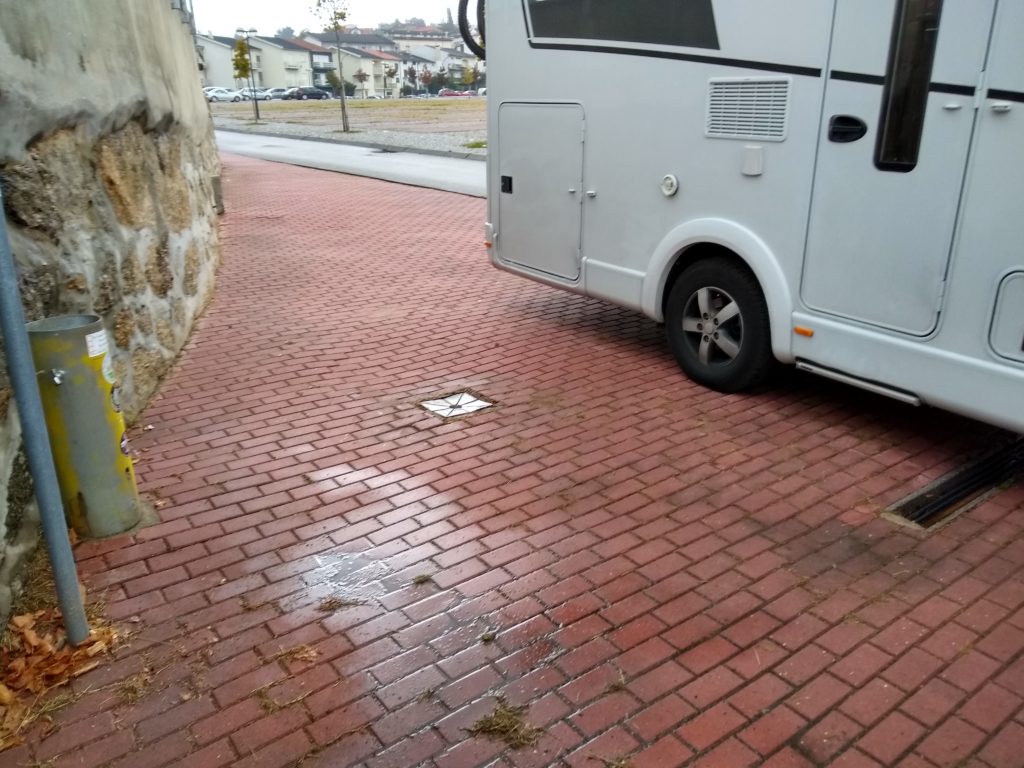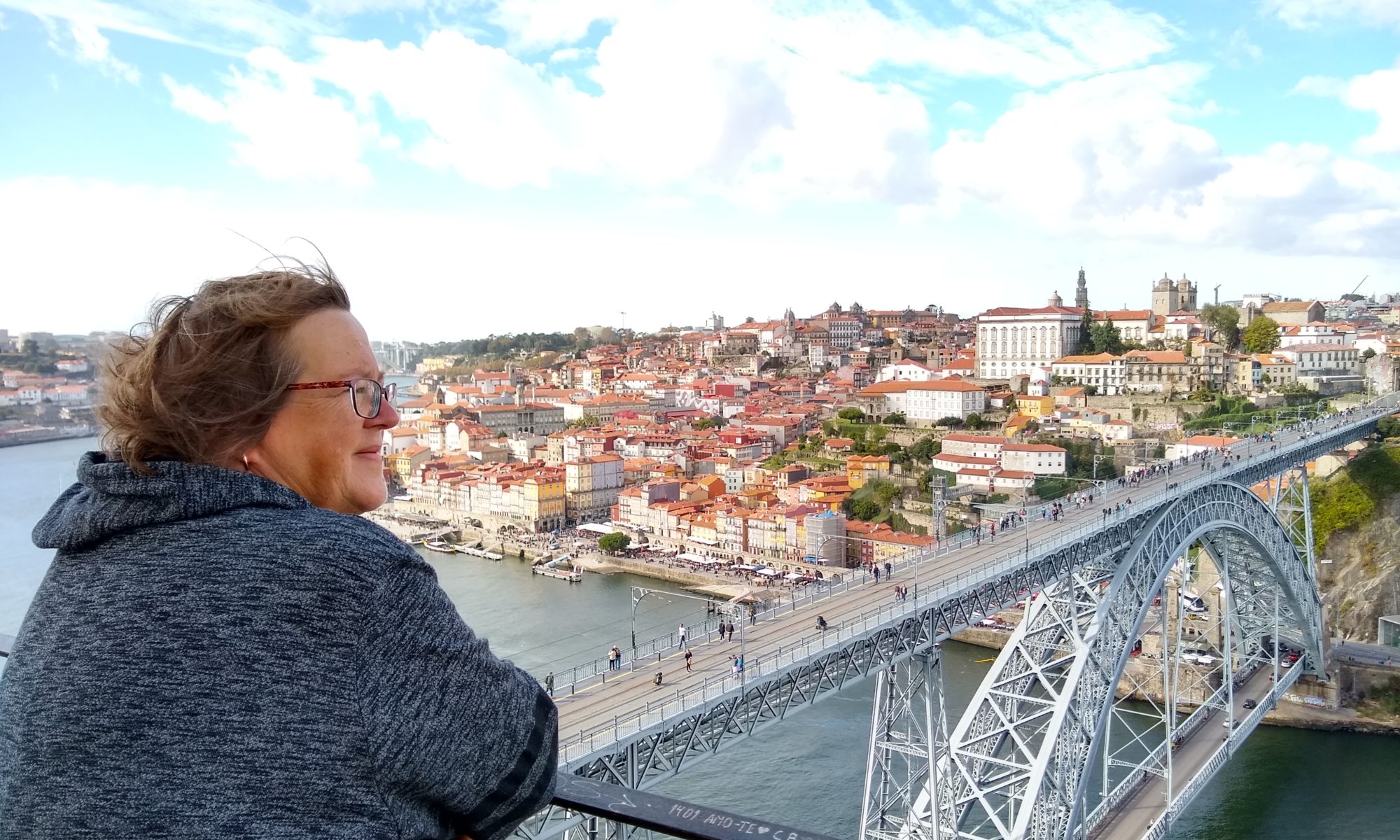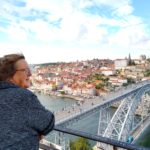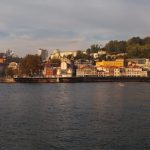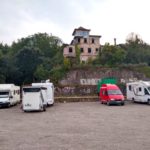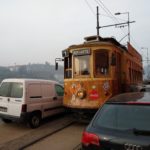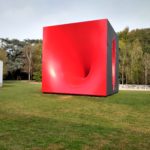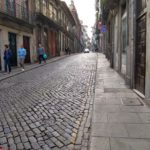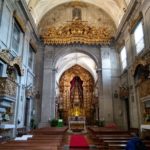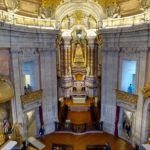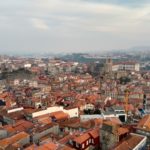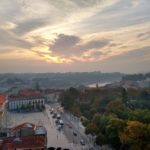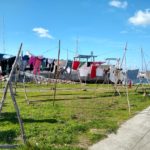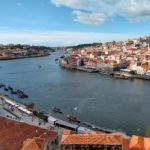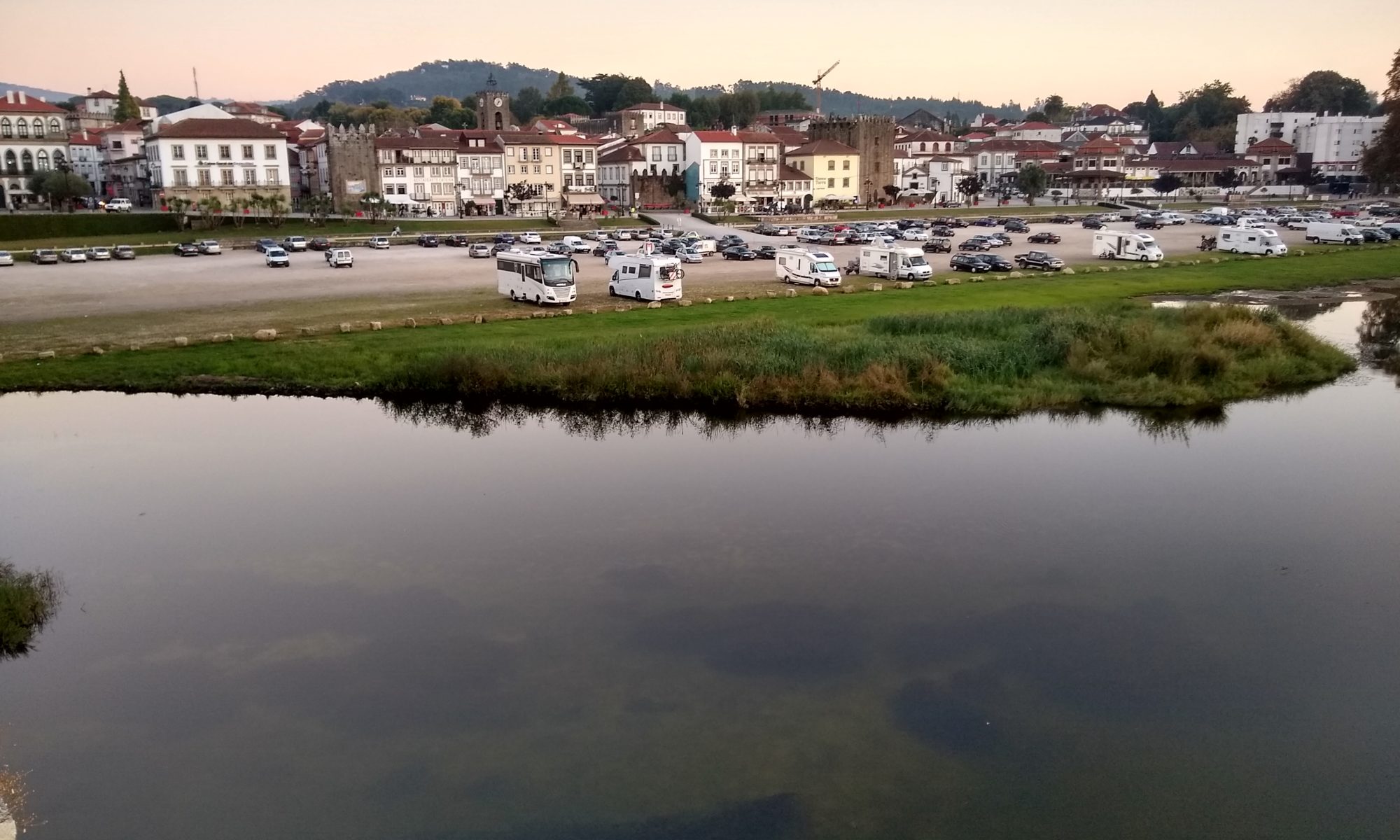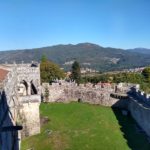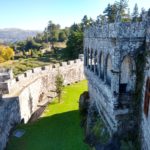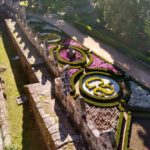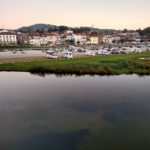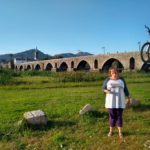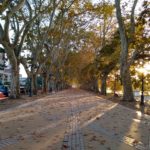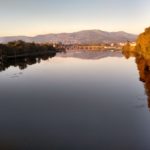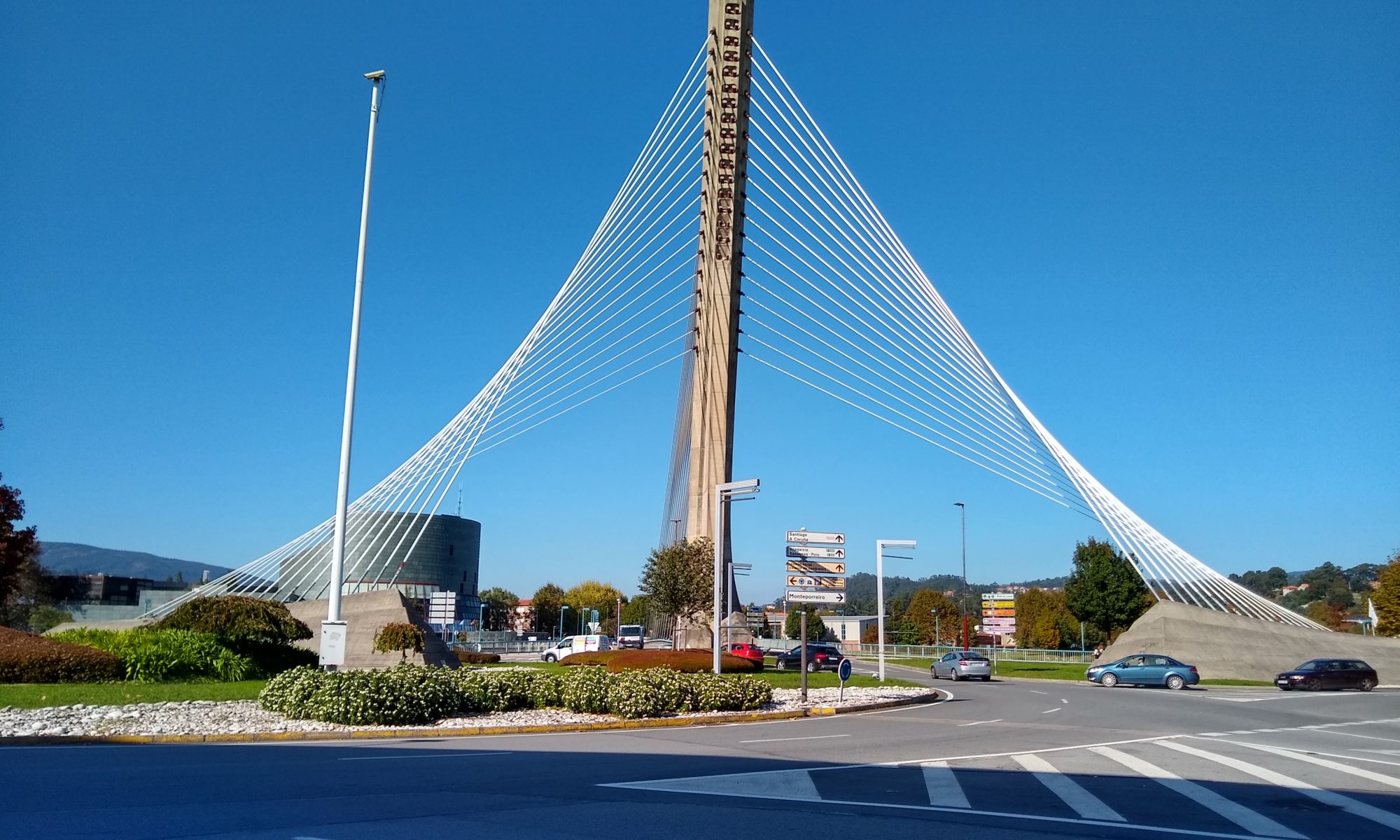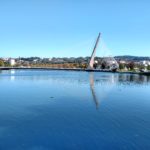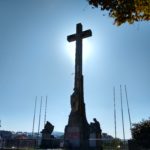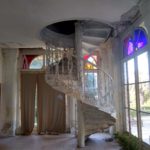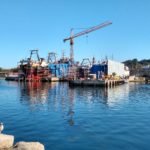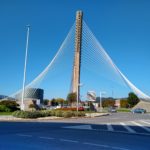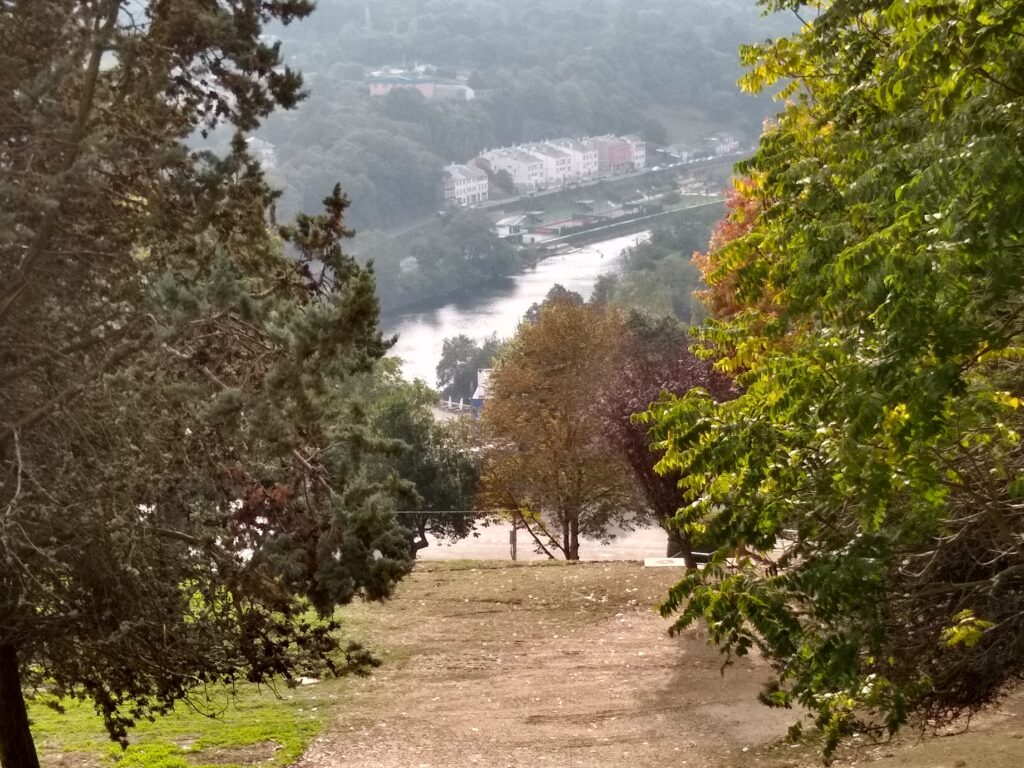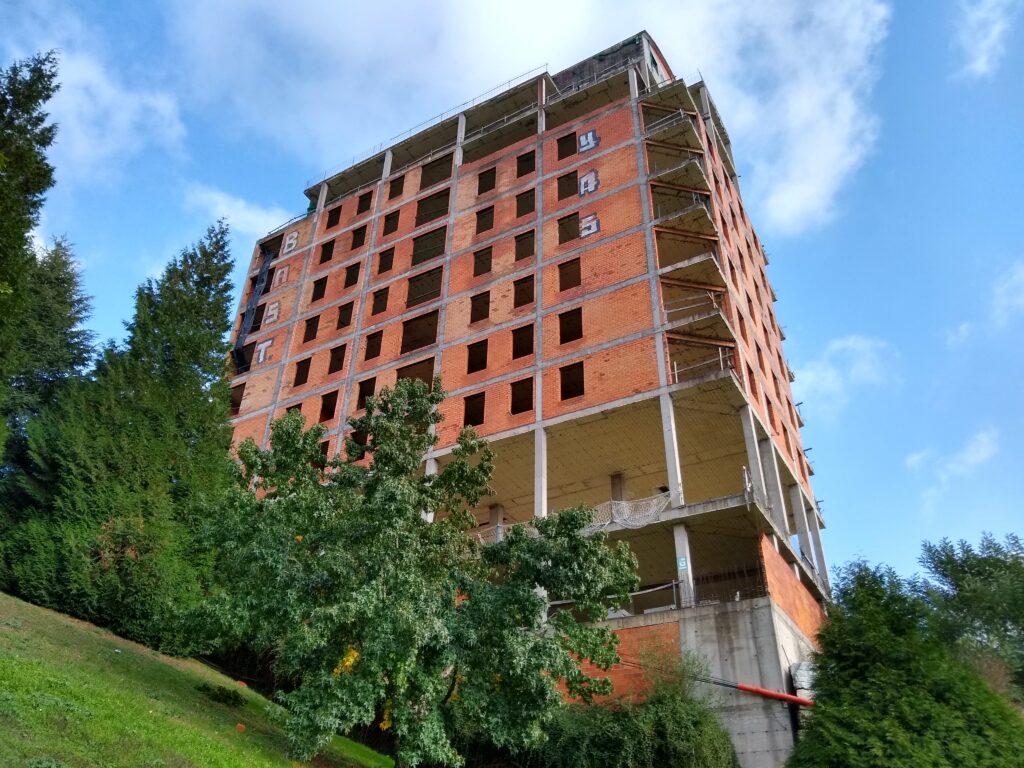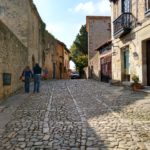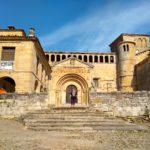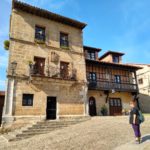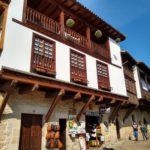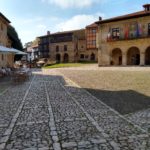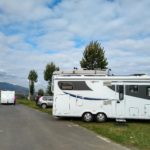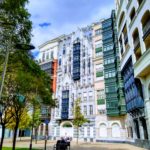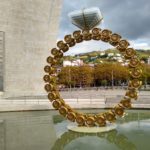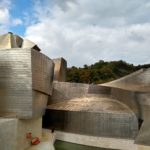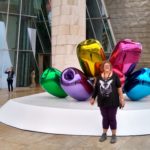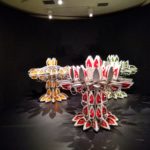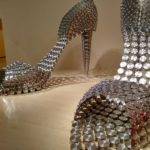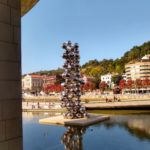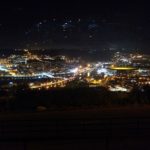The reason for the stopover here is to make sure we are fully fed and watered for the Paiva walkways which are a very steep 8km (or 16km if you don’t arrange a taxi back!) mountainside walk. It’s a big parking area which is normally the market square. It’s a location with facilities so we could fill up and drop-off after nearly a week off-grid. That’s close to our limit without changing the toilet arrangements!
The weather closed in on Monday and it rained pretty hard, so we used the rest of the day to plan the rest of the trip down to Lisbon. We’ve put a couple of extra stopovers in to see particular places which look good.
Tuesday and the weather was still terrible, so there are lots of other maintenance tasks to carry out – where maintenance equals T haircut, proper van cleaning charging the vacuum cleaner – all exciting stuff!
The weather broke towards the end of the day on Tuesday so we drove the 20km to Espiunca – one end of the Paiva walkway. And disaster – although the website says it’s open all year round and there was nothing on the news page – there is a sign up saying it’s shut from the 28th October to the end of November for maintenance. Dammit. A quick phone call and we discover that regardless of what the closed sign says, it is open on the following day, so we decide to hang about for the rest of the day.
We cleaned and carried out a few maintenance tasks and the following morning went to see what the fuss was about!
The Paiva walkways are amazing – it’s essentially 8km of walkways installed along a valley and following the river Paiva (no surprise). The walk from Espiunca towards Areinho gradually climbs higher until not far before the end of the trail, there are a huge set of staircases and you climb a couple of hundred metres to the hilltops to look over the whole area. Along the route there are many signs (in English too) describing the local flora, fauna and geology of the area.
About halfway there is a small suspension bridge over the river and at the far end (from our point of view) and at the top of the big climb towards Areinho there is a huge suspension bridge being constructed which will allow walkers to see the amazing waterfalls at Areinho from above. All that’s been completed so far is a huge concrete support.
T elected to do the round trip so it was the full 16km of pretty heavy going ups and downs!
We left the same day and the sat nav took us round some _ridiculous_ narrow roads on the way down the mountain. But we arrived in one piece in Coimbra.
